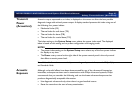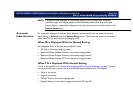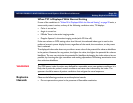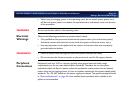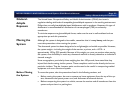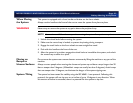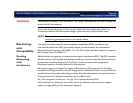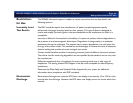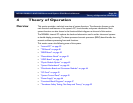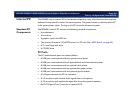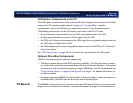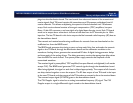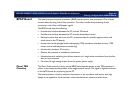
M2540-92000-01 A M2540 Ultrasound System Field Service Manual Page 35
Safety: Electromagnetic Compatibility
WARNING
Never ride on a loading lift with the system. Your weight combined with the system's weight can
exceed the lift's load capacity.
Be sure the ultrasound system is firmly secured while inside the transporting vehicle. Any
movement, combined with the system’s weight, could cause the system to break loose.
NOTE If you use the ultrasound system in a mobile van, follow the same fundamental
transporting precautions listed in the sections above.
Electromag-
netic
Compatibility
This system has been tested for electromagnetic compatibility (EMC) according to the
international standard for EMC with medical devices, as determined by the International
Electrotechnical Commission (IEC 60601-1-2). This IEC standard has been adopted in Europe as
the European Norm EN 60601-1-2.
Avoiding
Electromag-
netic
Interference
Medical devices can generate or receive electromagnetic interference (EMI). The EMC standards
describe tests for both emitted and received interference. Emission tests deal with interference
generated by the device being tested. The Philips ultrasound system does not generate
interference based on the tests described in the standards.
Ultrasound systems are designed to receive radio frequency (RF) energy and are therefore
susceptible to EMI generated by other RF energy sources. Examples of other sources of EMI are
medical devices, information technology products, and radio and television transmission towers.
Tracing the source of radiated interference can be a difficult task.
See “Electromagnetic Interference” on page 137 to identify sources of EMI.
Only a physician can determine if an artifact caused by radiated interference has a negative
impact on image quality and the subsequent diagnosis.



